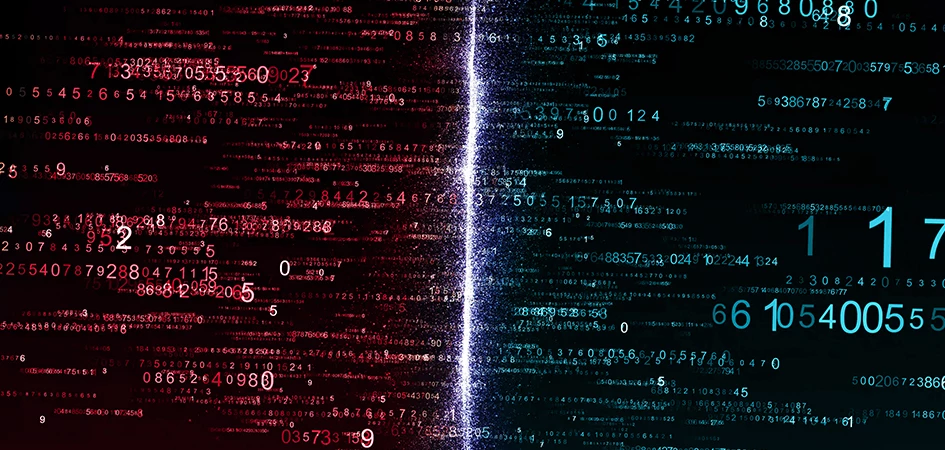The Aftermath of a Ransomware Attack: How to Recover and Better Prepare

Trustwave Research Reveals Cybersecurity Risks Threatening Patient Lives in Healthcare. Learn More
Get access to immediate incident response assistance.
Get access to immediate incident response assistance.
Trustwave Research Reveals Cybersecurity Risks Threatening Patient Lives in Healthcare. Learn More

The recent Kaseya VSA ransomware attack compromised approximately 60 MSPs and 1,500 of their respective clients’ systems, resulting in more than one million individual lockups. Even if your organization wasn’t affected by this most recent attack, there is ample reason to be vigilant: With 304 million attacks worldwide in 2020 alone (a 64 percent increase from 2019), the prevalence of ransomware attacks has warranted concern in recent years.
And, they’ll cost you: there was an alarming 171 percent increase in ransomware payouts between 2019 and 2020 – with the trend continuing today. While the downstream impact of this attack has been a focal point for many, the uptick in ransomware attacks – regardless of the network being targeted or the ransom amount – shows a trend in exploiting unsuspecting (and often under-trained) employees for efforts of much larger scale than consumer-level scams. This calls attention to the nascent ways that attackers can exploit security vulnerabilities, as ransomware evolves in severity.
When it comes to the recent Kaseya attack, there are lingering questions that need to be answered: Is it over? What is stopping threat actors from doing it again or something else?
We can agree that these are not ethical humans we are dealing with. They are financially motivated actors that may already have a foothold in your environment. Knowing the likelihood that your system will be compromised – a matter of when, not if – IT leaders must prepare for a surge in attacks of this nature, while planning for recovery in tandem.
When remediation is necessary, incident response teams (DFIR) are typically engaged and should provide information on the initial infiltration method and post exploitation techniques used to deploy the ransomware. As you recover and learn more about how the attack unfolded, keep these considerations in mind:
Shawn Kanady is Senior Director, SpiderLabs Hunt and Intelligence at Trustwave with over 20 years of experience in IT and security. He leads the team by example, applying his DFIR knowledge to create industry best practices. Follow Shawn on LinkedIn.
Trustwave is a globally recognized cybersecurity leader that reduces cyber risk and fortifies organizations against disruptive and damaging cyber threats. Our comprehensive offensive and defensive cybersecurity portfolio detects what others cannot, responds with greater speed and effectiveness, optimizes client investment, and improves security resilience. Learn more about us.
Copyright © 2025 Trustwave Holdings, Inc. All rights reserved.